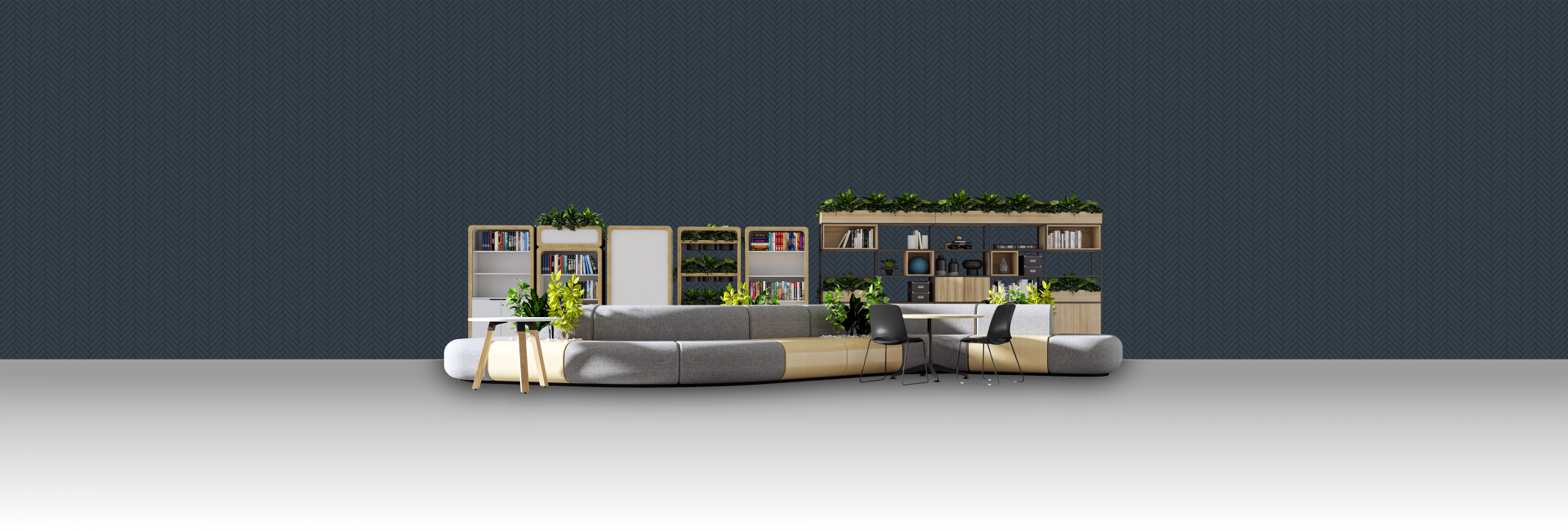Looking for something specific?
- Select Your Category
"*" indicates required fields
"*" indicates required fields

No Product Literature files to be downloaded.
No Certificates files to be downloaded.
No Warranty files to be downloaded.
"*" indicates required fields
OLG © 2025 | ALL RIGHTS RESERVED